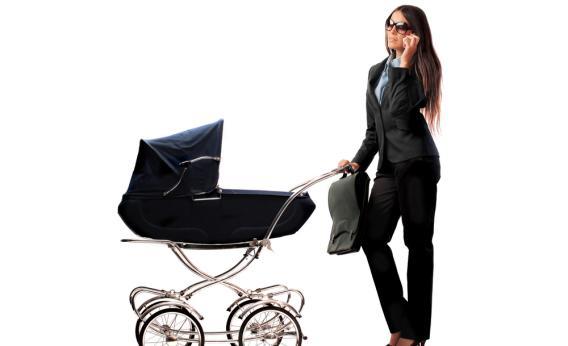Anna North at Salon has a crushing critique of the proliferation of trend stories about privileged, urban white women and the very serious concerns floating out there that all this liberation is just too much for them to handle:
These stories, in mainstream American media, tend to fall into certain categories. There are the ones about when women should get married. There are the ones about how women balance work and their children, told with no discussion of these women’s race or class, and with a strange disregard for the possibility that said children might also have fathers. And then there are the ones about hookup culture. …
This is the emotion of the women’s story. It does not move. It does not satiate. It does not provoke tears or laughter, or even good clean fear. Maybe it titillates, but ultimately, it is intended to worry. The women’s story sidles up to you at a party and asks in the honeyed voice of a false friend whether you or other women like you might be doing sex or love or motherhood (the top tasks of the woman) slightly wrong.
These stories keep coming because we read or hate-read them. We share them. And so more get assigned, and they all sort of reinforce one another until the curated world of the trend story overcomes the narrative of real life. This is no more evident than in the way that women’s trend stories deal with men, who are but shadows on the wall: the voice at the other end of a booty call in college, the husband who we’re assured helps out on the weekends, the cardboard groom that must be inserted into a tuxedo at exactly the right moment in your life when you’re old enough to know what you’re doing but young enough to get the cardboard groom to want to marry you. No doubt these men are real people who matter to the women in the story, but on the page, they are hardly characters at all—the reader walks away feeling men have little to no real impact on what kind of choices women are facing and making.
North mentions this absence of male perspective, as does Slate’s Amanda Hess, who notes how male sexual decision-making is utterly ignored in hookup pieces, specifically the one by Kate Taylor published recently in the New York Times:
Taylor fails to quote any college men in her story, an omission typical to the hookup culture genre. But it takes two (or in the case of some campus dalliances, more!) to hook up. By leaving men out of this discussion, Taylor and other hookup chroniclers place the responsibility for maintaining healthy sexual relationships squarely onto college women. They perpetuate the myth that only women experience emotional complications from sex that require thorough dissection in the pages of the Times.
It’s tempting to imagine that men are ignored because of subconscious journalistic prejudice, the belief that men are the “default” and their behavior is static and uninteresting, unlike that of all these liberated ladies with all their awesome and bewildering choices. Regardless of the writer’s intentions, however, hiding the men just ends up silencing uncomfortable questions about gender, power, and how free women’s choices really are.
By making men invisible, you can tell a story about a woman struggling to achieve work-life balance while ignoring that her husband is moving along in his career at a nice clip in no small part because he has a wife to take care of the domestic responsibilities. You can write a piece worrying that women are marrying later in life and wonder what that says about ladies these days, as long as you avoid talking to men to find out if they’re doing anything that might impact these life decisions. How many children men want, their political or religious views on gender roles, what they expect from a wife: All these desires that men have of women still shape women’s lives, and can, in many cases, limit their ambitions. It can also do the opposite. Either way, men are part of the story.
Luckily, if you simply ignore all of that, you can just tell a compelling tale about how “real life” is coming into conflict with feminist ideals, without ever mentioning that “real life” for straight women is continually being shaped by the choices that the men in their lives are making.
